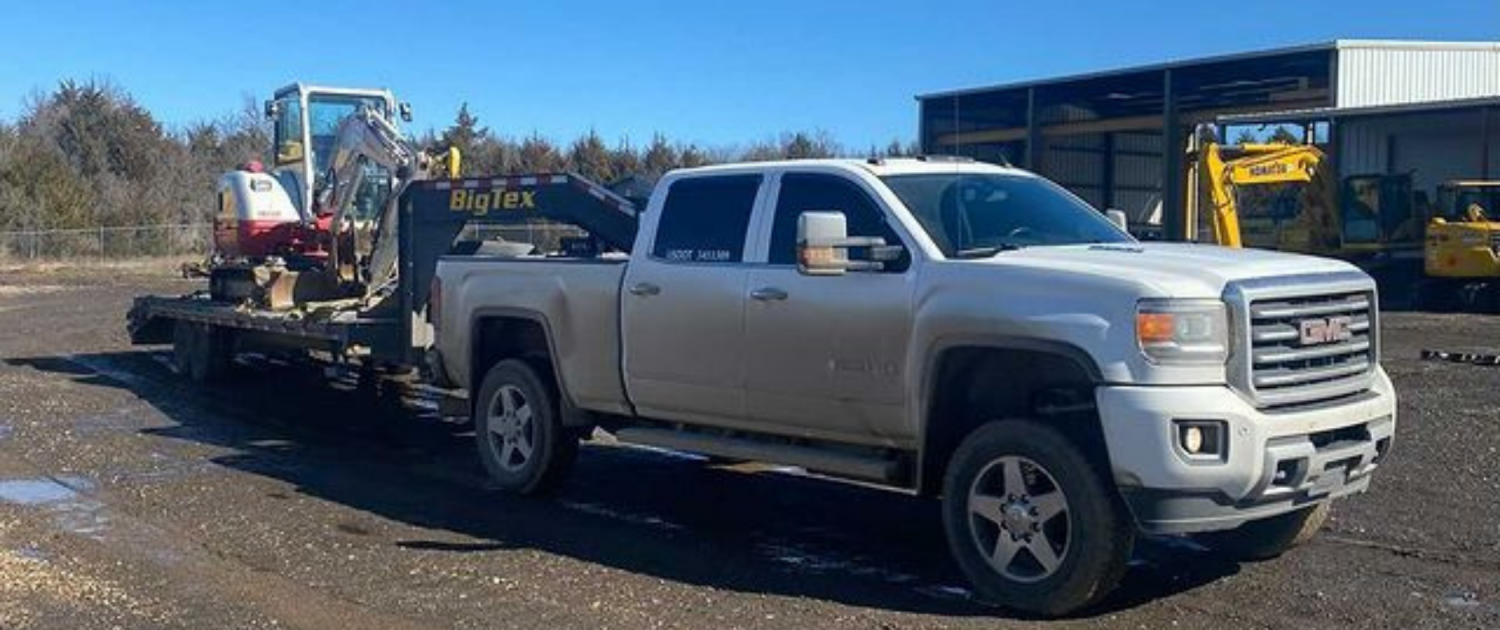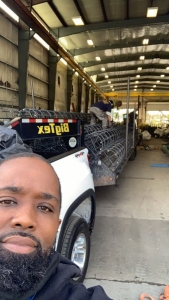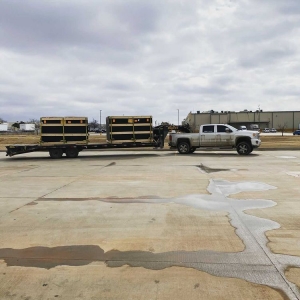
Picture from Hot Shot Trucker, Tyler
Hot shot trucking is a little different from a typical CDL tractor-trailer job. For a start, hot shot drivers use very different equipment and make specialized runs on a short time frame. Usually hot shot loads are smaller, and they take time-sensitive loads to delivery locations. Hot shot drivers can take loads anywhere from across town to across the country. For most drivers though, local and regional routes are the most common. The startup costs for hot shot trucking are a little lower than for owner operators, so it can be a good way to be your own boss in the trucking industry.
What Is Hot Shot Trucking?
As the name suggests, hot shot trucking is all about speed. Hot shot drivers take loads of materials that must be delivered to a specific location as soon as possible. These types of loads first became common making runs between oil part manufacturers and the oilfields. Now, there’s a wide range of materials that hot shot drivers haul. Just a few of the more common types of loads are construction equipment, agricultural equipment, industrial machinery, and other heavy loads.
You might be wondering what the difference is between hot shot trucking and expedited freight. Both are about speed, right? While both jobs are all about getting loads quickly to where they need to go, there are some differences. Hot shot truckers drive smaller loads in smaller trucks to deliver heavy equipment. Usually, hot shot drivers find their loads on load boards. On the other hand, expedited shipping means delivering loads faster than they’re usually sent. The equipment varies, and expedited shipping vehicles are always on standby for a specific company. Speed is the common ground hot shot trucking and expedited freight, but otherwise, the two jobs are pretty different.
Hot Shot Equipment
Unlike most CDL jobs, hot shot trucking does not require driving a tractor trailer. Most hot shot drivers use a heavy-duty pickup truck. Class 3–Class 5 trucks are the go-to picks. Then, drivers usually pull some type of flatbed trailer. That could include a bumper pull, gooseneck, lowboy, or deckover trailer. Each trailer type has pros and cons, so it’s important to read up on the differences and decide what’s best for you.
One advantage of hot shot trucking is that the initial costs of equipment are usually lower than becoming a tractor trailer owner operator. But, as drivers will be quick to tell you, that doesn’t mean it’s cheap or immediate. We talked to Earl, a hot shot trucker with his company, JEPPS Enterprises, and asked if he had any advice for drivers considering starting in hot shot trucking.
“Cost is high to get started. And once you get all your paperwork to start taking loads. They make you wait 90 days b4 most brokers will let you take a load for them,” shared Earl.
There are several big costs that you should plan for. The pickup truck and flatbed trailer will probably be your biggest starting expenses. There will also be other miscellaneous equipment like chains and binders that you’ll want to have on hand. Finally, make sure you leave room in the budget for the paperwork. Registration, insurance, and legal fees (if you decide to become an LLC) should all be part of your budget plan.
Pay and Home Time
If you are a hot shot trucker, you are running under your own authority. That means that you have some say in where you run and how often. Most hot shot jobs are local or regional routes, so drivers get frequent home time. Running under your own authority also means that bringing home a paycheck is largely based on your hustle. Typically, hot shot drivers earn pay by the mile. Rates change from haul to haul, so hot shot drivers are regularly negotiating their pay. Typical rates can range from $1-$2 a mile depending on the load, location, and haul.
How Do I Get Started?
If you’re ready to get started as a hot shot driver, grab a computer to start the paperwork. Hot shot trucking doesn’t require a CDL for loads under 10,000lbs, but you will need a Motor Carrier Authority Number and FMCSA approval. To get approval, drivers will need to meet the FMCSA fitness regulations, so make sure you check their website. Because Hot shot drivers run on their own authority, organization is key. That means you will also keep all your own records, so it’s important to be very detailed.
Once you have proper licensing, registration, and equipment, you’re ready to look for work. Many people get their hauls from load boards.
However hot shot driver Tyler from his company, Dark Horse Hotshot LLC, shares this advice, “Probably my biggest tip I can offer people is to go out and get their own customers. Do not rely on the load boards and brokers. Grow your customer base and grow your business.”
Like any job, hot shot trucking is about building relationships. Load boards are a great place to get started, but as you grow in the business, you’ll build a reputation. With a little experience under your belt, you can be proactive in reaching out to customers to get the loads you want.
Find a Truck Driving Job
Drive My Way matches you with a CDL job based on your personal preferences and qualifications.





